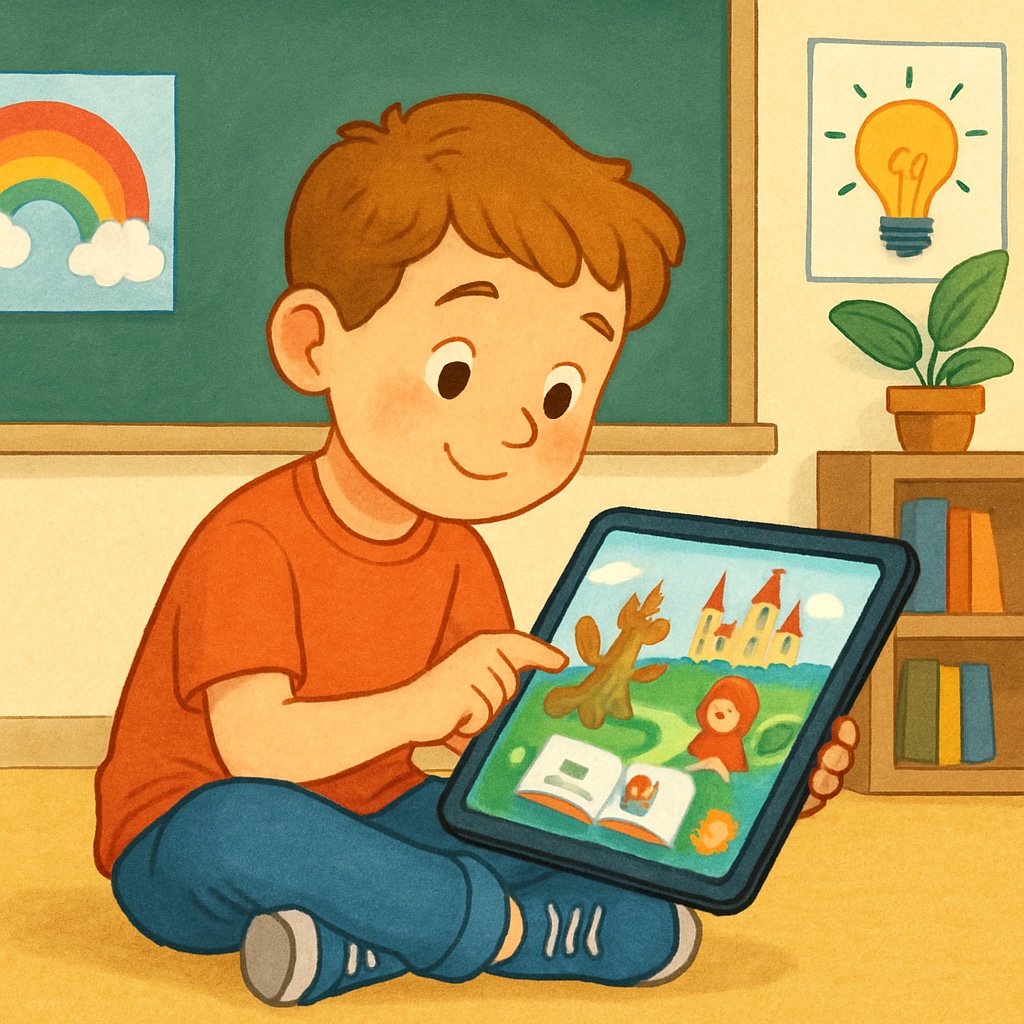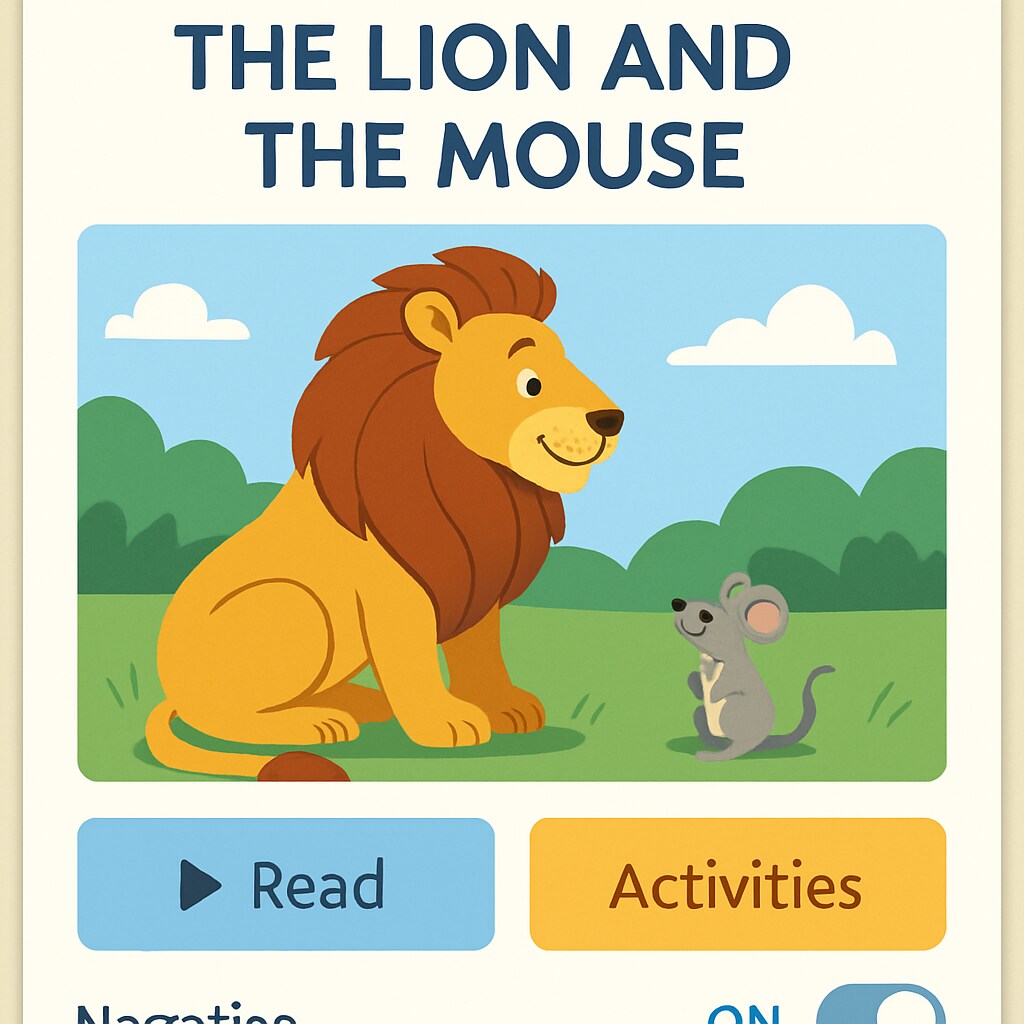The landscape of early childhood education is evolving rapidly, and children’s reading apps are at the forefront of this transformation. With the rise of Android devices and the increasing integration of technology in learning environments, innovative solutions are bridging the gap between traditional literacy and digital tools. To ensure our app meets the highest standards of quality and engagement, we are inviting parents, educators, and reading enthusiasts to become testers for our new children’s reading app on Android.
Why Children’s Reading Apps Are Crucial in Today’s World
Technology is deeply embedded in the lives of children today. From smart devices to interactive educational platforms, digital tools are shaping how kids learn and explore the world. Children’s reading apps play a unique role in promoting early literacy, offering features like interactive storytelling, voice-guided narration, and gamified learning experiences. These tools not only make reading fun but also help children develop critical thinking and comprehension skills.
However, creating a truly impactful reading app requires extensive user feedback and refinement. Parents and educators are the ones who truly understand children’s needs and preferences. As a result, involving them as testers in the app development process is key to ensuring that the final product effectively supports young readers.

What Makes Our App Unique?
Our children’s reading app has been designed with the goal of blending educational value with entertainment. Here are some of the standout features:
- Interactive Storytelling: The app includes a library of engaging stories that encourage children to participate actively by answering questions or completing tasks.
- Personalized Learning Paths: The app adapts to each child’s reading level and offers tailored recommendations to help them progress at their own pace.
- Multilingual Options: To cater to diverse users, the app supports multiple languages, allowing children to explore stories in their native tongue or learn a new language.
- Parental Controls: Parents can monitor their child’s progress and set specific goals to align with their learning objectives.
By combining these features, we aim to create an app that is not only educational but also enjoyable for children.

How You Can Contribute as a Tester
Becoming a tester for our children’s reading app is a unique opportunity to contribute to the development of a tool that could positively impact countless young readers. Here’s what you can expect as a tester:
- Early Access: Get a first look at the app and explore its features before the general release.
- Provide Feedback: Share your insights on the app’s usability, design, and educational value. Your feedback is invaluable in refining the app’s functionality.
- Shape the Future: Play a direct role in creating a product that will support literacy development for the next generation.
We are particularly looking for Android users who can test the app on various devices to ensure compatibility and performance. Whether you are a parent, a teacher, or simply passionate about early education, your input will be instrumental in shaping the app’s success.
How to Sign Up
Signing up as a tester is simple. Just follow these steps:
- Visit our website and fill out the tester application form.
- Download the app from the provided link after receiving confirmation of your participation.
- Explore the app and share your feedback through regular surveys and reports.
We encourage participants to share their honest opinions and suggestions for improvement. Every piece of feedback, whether big or small, will help us create a better product.
Don’t miss this opportunity to be a part of something impactful! Join us in shaping the future of children’s digital reading experiences.
Readability guidance: Use concise paragraphs, lists, and subheadings for ease of reading. Include transition words to connect ideas smoothly and maintain engagement throughout the article.


